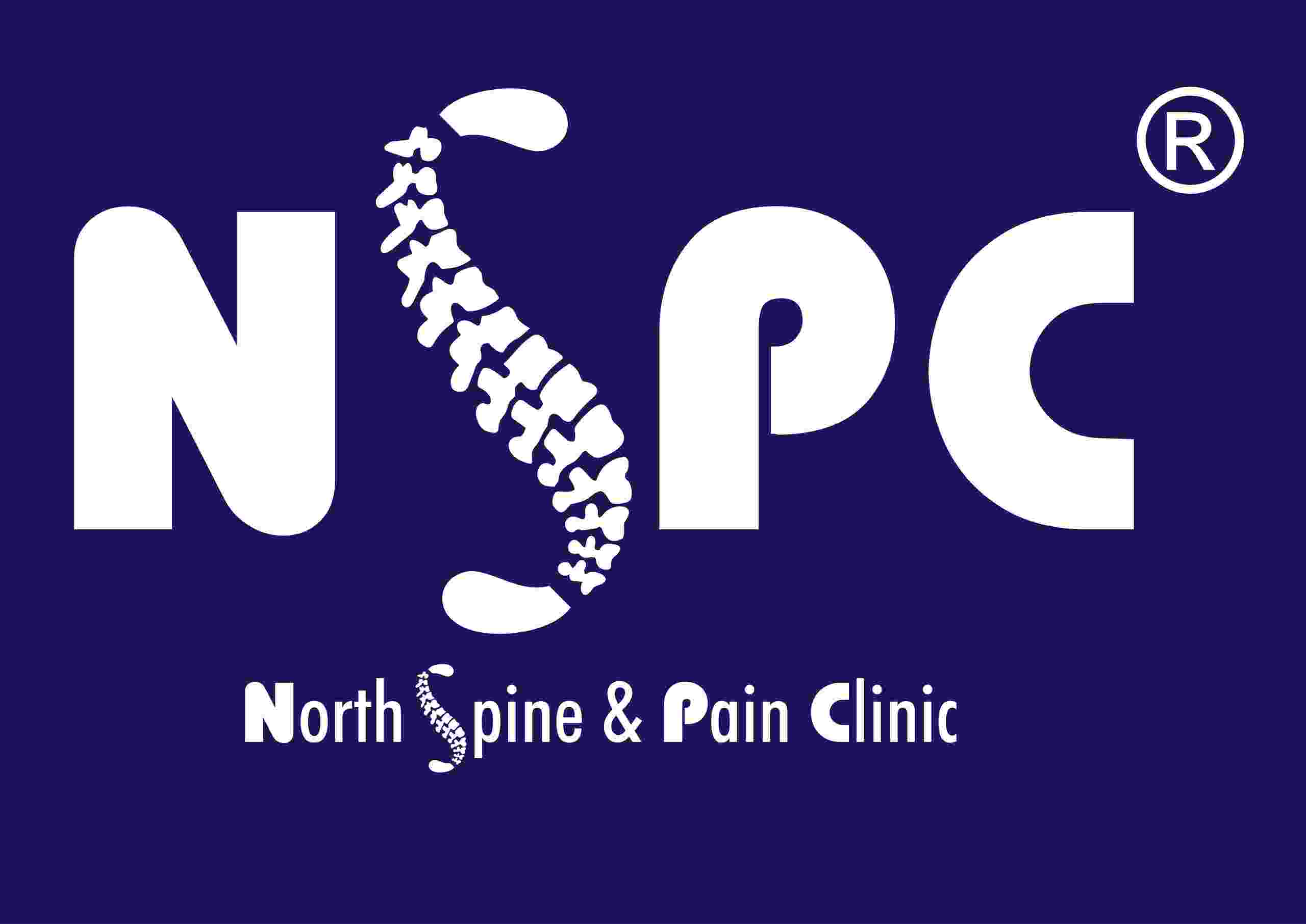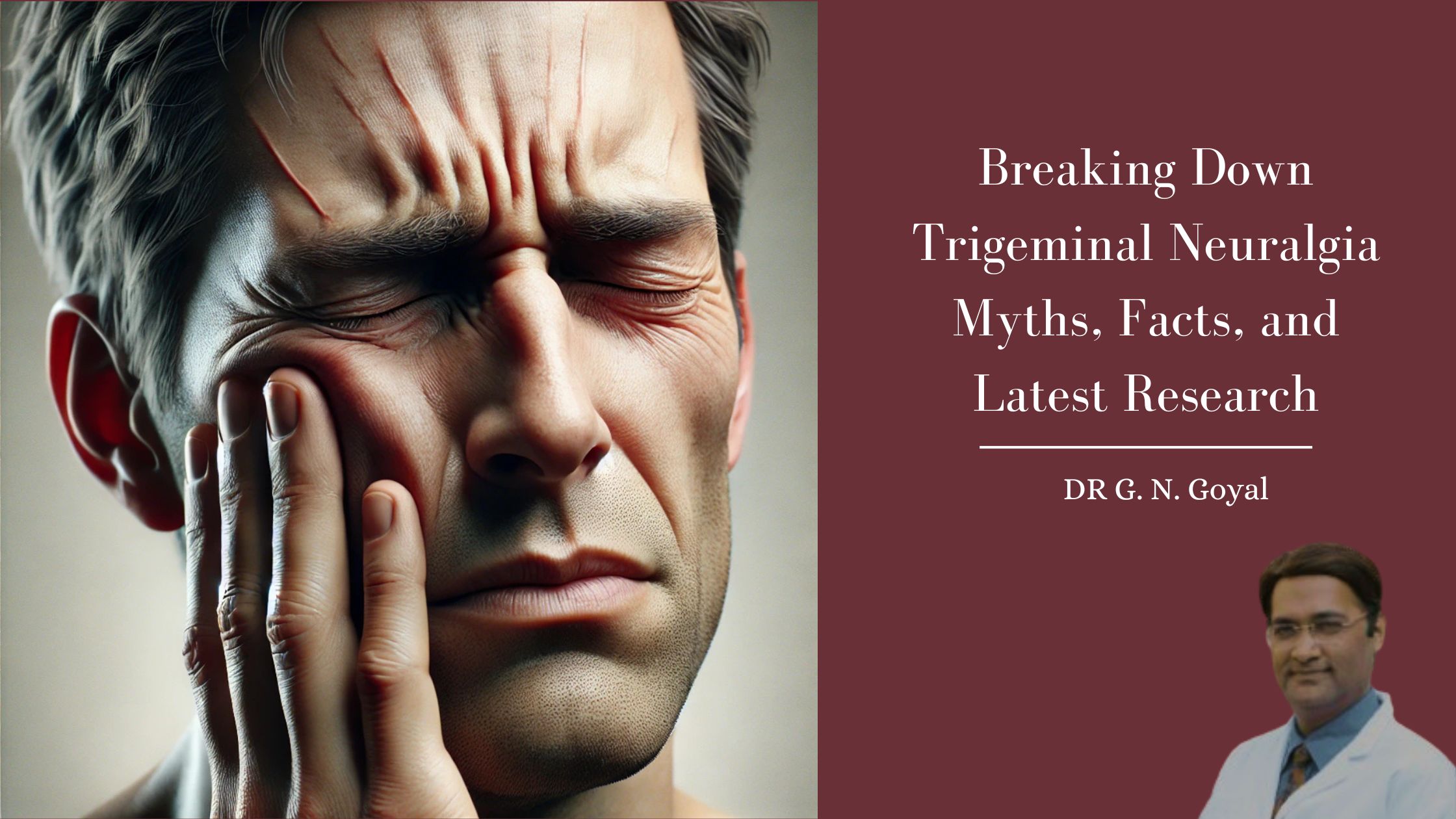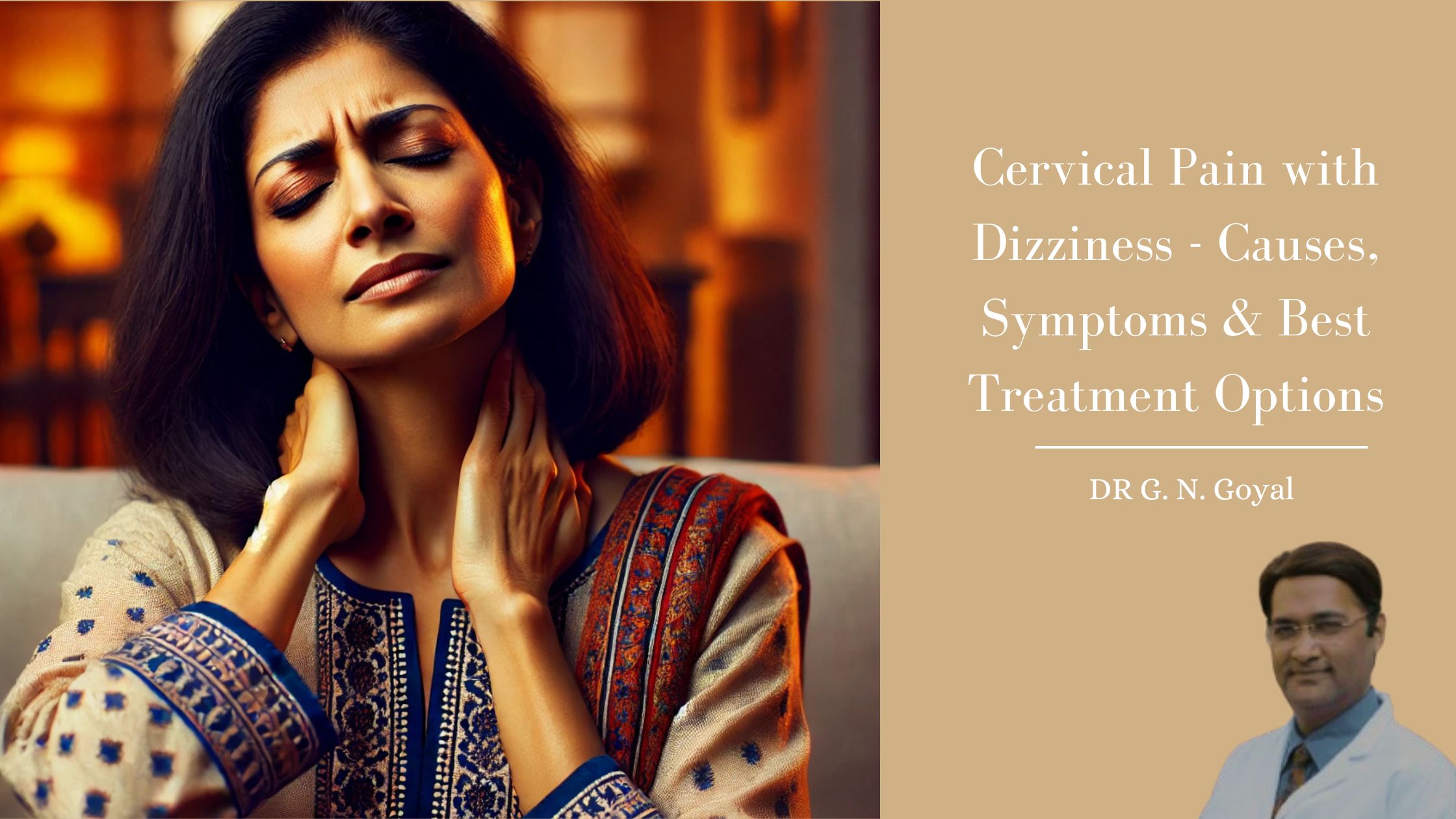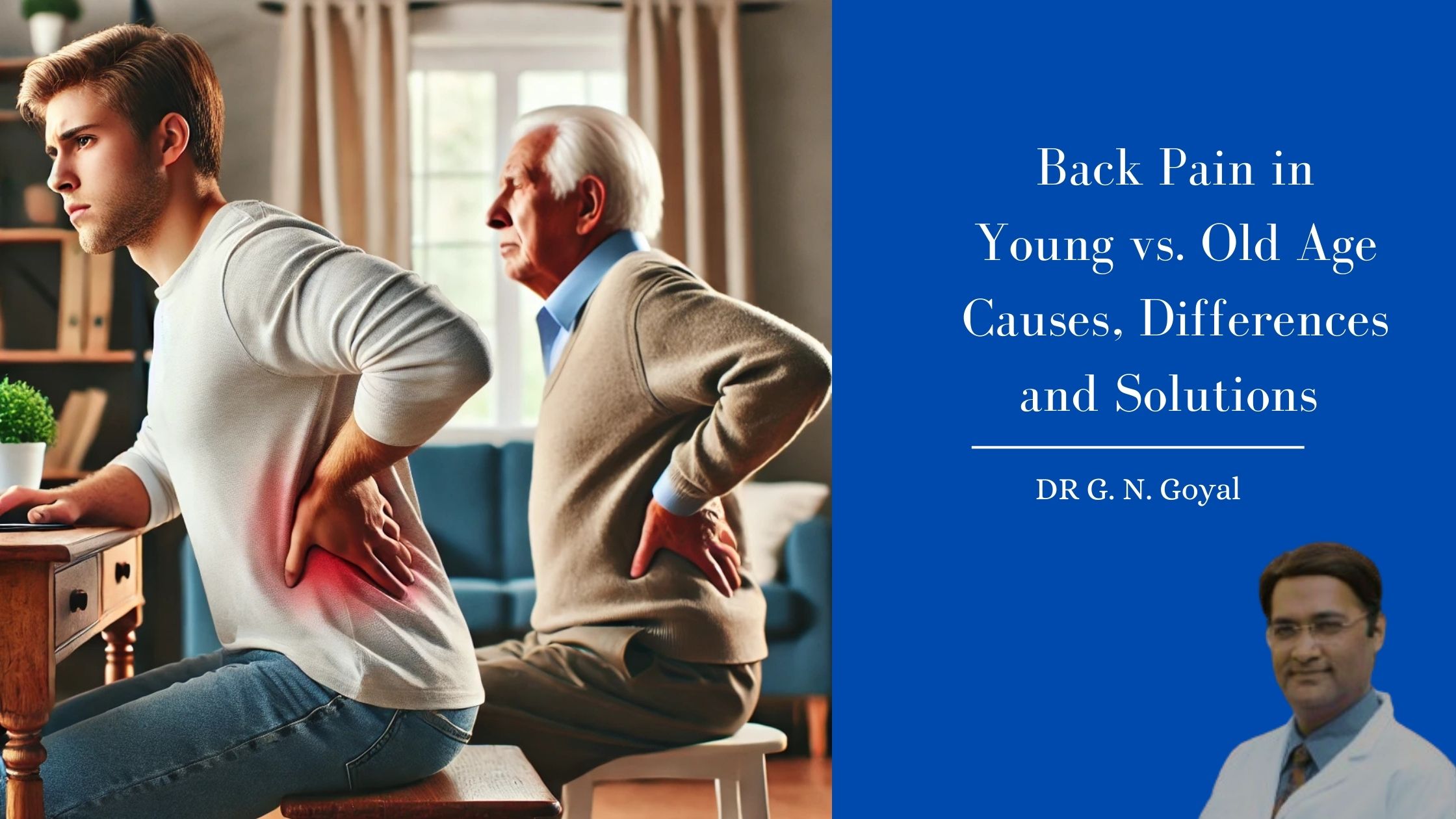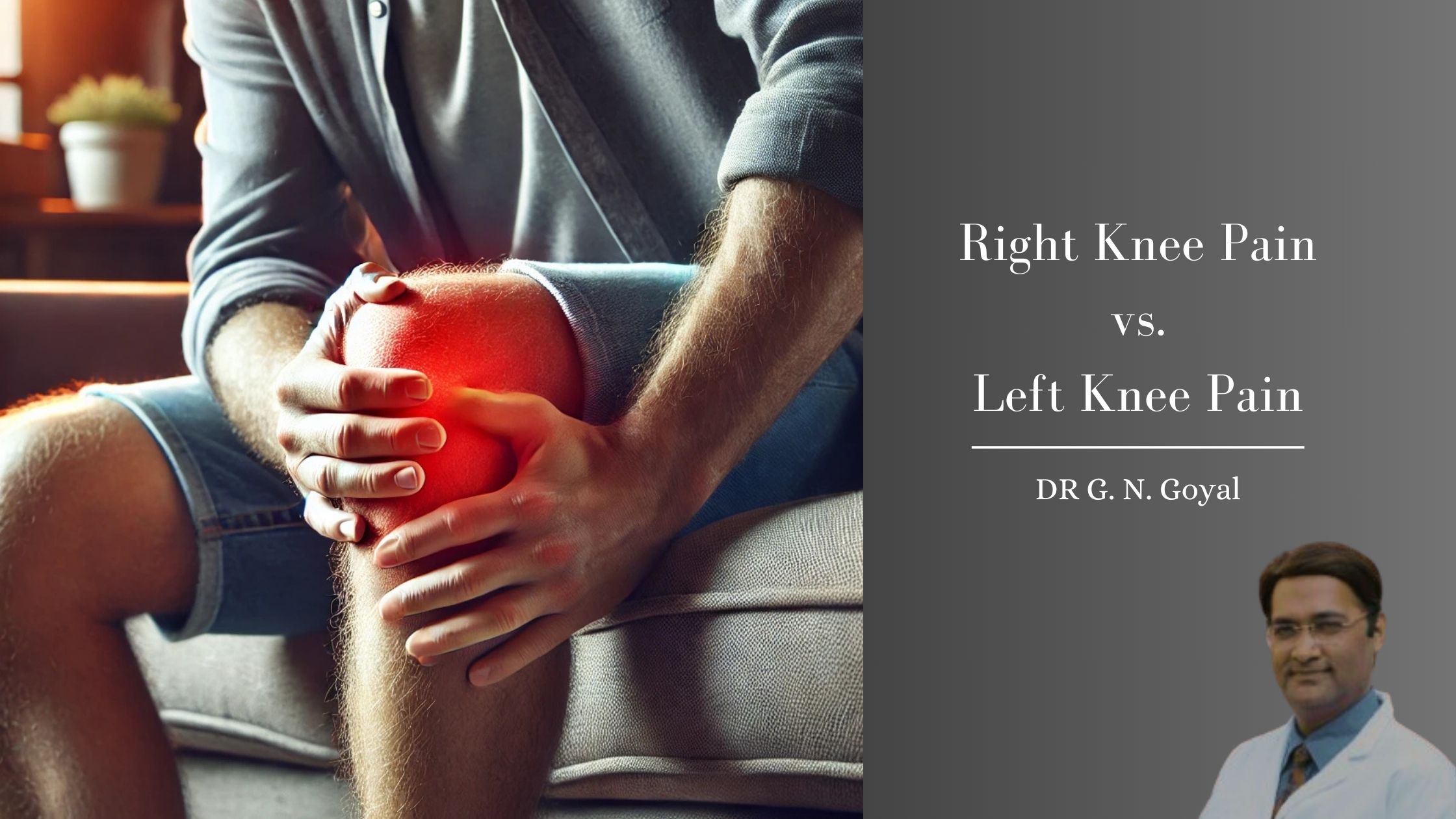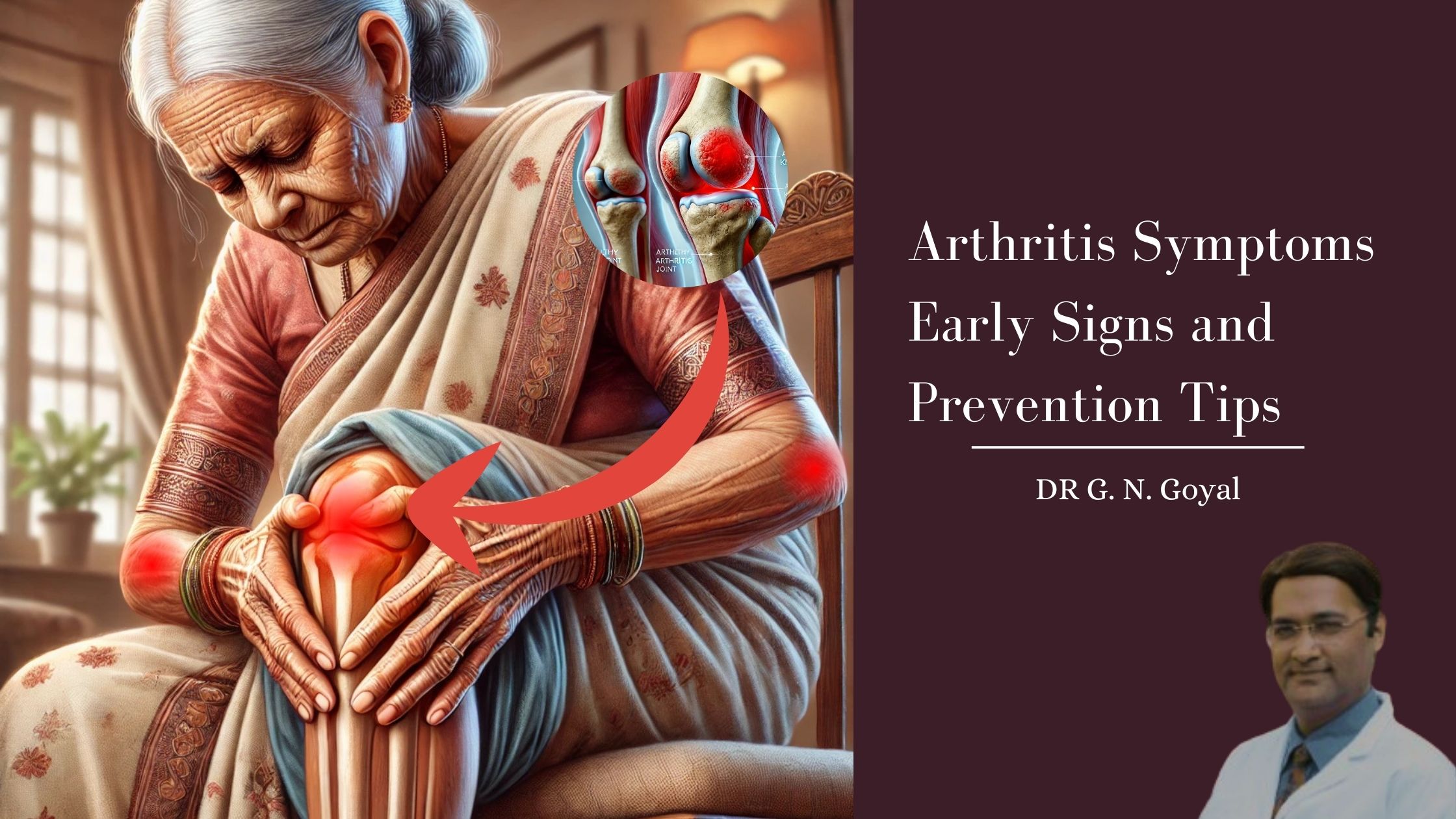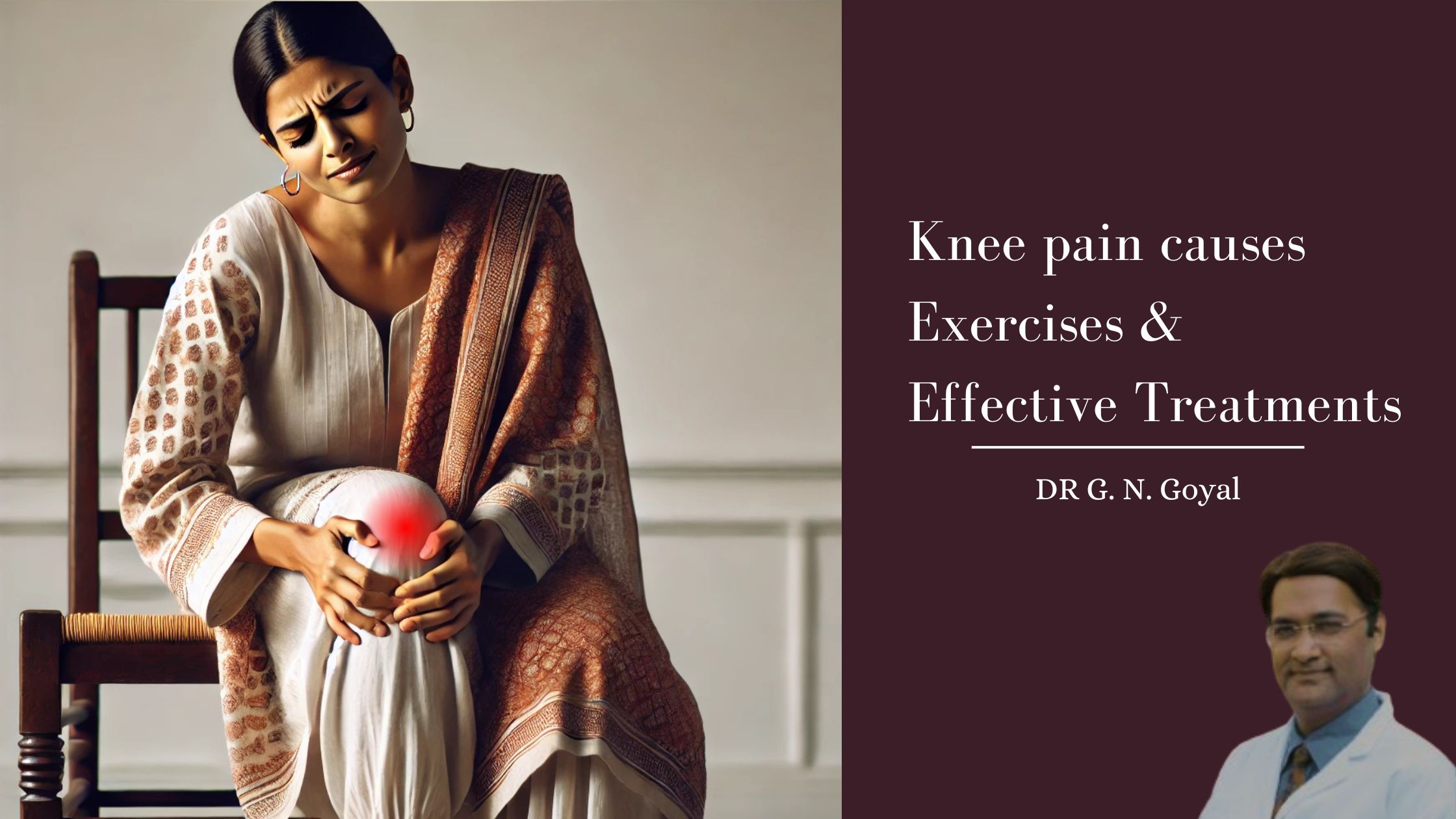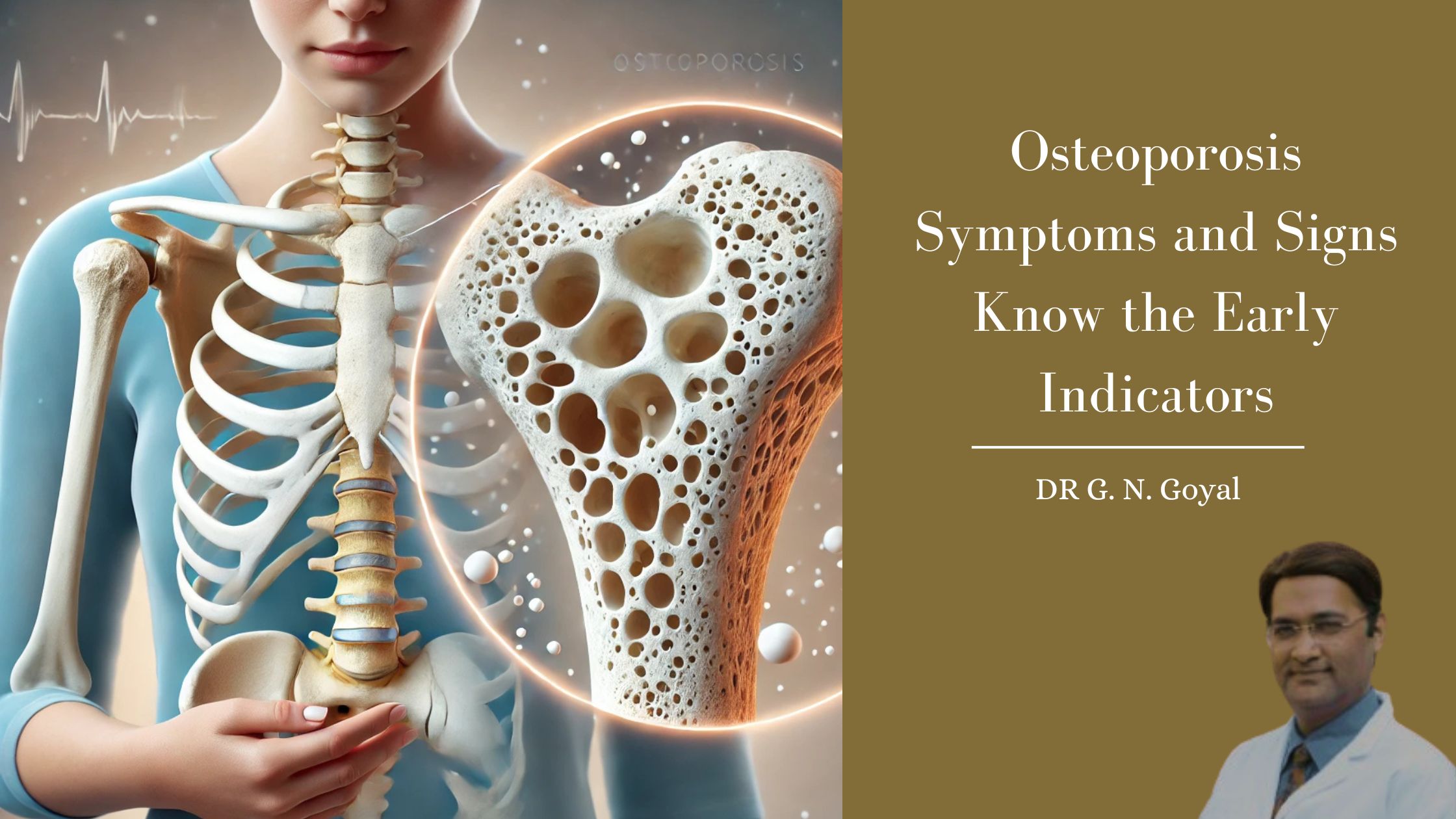Breaking Down Trigeminal Neuralgia: Myths, Facts, and Latest Research
Trigeminal Neuralgia (TN) is often described as one of the most painful medical conditions, causing intense, electric shock-like facial pain. Despite its severity, there are many misconceptions surrounding this disorder. In this blog, we will debunk common myths, present the facts, and explore the latest research on trigeminal neuralgia. Additionally, if you are looking for pain management in Delhi solutions, we will guide you to the best pain specialists for effective treatment.
Myth 1: Trigeminal Neuralgia Only Affects the Elderly
Fact: While trigeminal neuralgia is more common in people over 50, it can affect individuals of any age, including young adults. The condition results from irritation or compression of the trigeminal nerve, leading to episodes of extreme pain.
Myth 2: There’s No Treatment Available
Fact: Several treatment options exist for managing trigeminal neuralgia. Medications such as anticonvulsants and muscle relaxants are commonly prescribed. Additionally, advanced techniques like nerve interventions, radiofrequency ablation, and surgical interventions can provide long-term relief. If you are in Delhi, few pain specialists offer cutting-edge pain management solutions tailored to your needs.
Myth 3: It’s Just Regular Facial Pain
Fact: Trigeminal neuralgia is far more severe than typical facial pain. Patients often describe it as sudden, stabbing, or burning sensations that can be triggered by the lightest touch, talking, or even eating. Consulting a Neuro pain specialist is crucial for accurate diagnosis and treatment.
Latest Research on Trigeminal Neuralgia
Recent studies have focused on the role of minimally invasive treatments and neuromodulation therapy in managing TN. Researchers are also exploring the genetic and autoimmune links to better understand the root causes of the condition. If you’re seeking pain management in Delhi options, some of the best experts are now integrating these latest advancements to improve patient outcomes.
Finding the Right Pain Specialists in Delhi
For those struggling with trigeminal neuralgia, consulting experienced pain specialists is the key to effective treatment. Many top pain management Delhi centers provide state-of-the-art therapies such as:
– Nerve Interventions: Helps in reducing pain signals from the trigeminal nerve.
– Radiofrequency Ablation: A minimally invasive procedure to deactivate pain-triggering nerves.
– Balloon compression – Latest treatment with long lasting pain relief without undergoing any open or major surgery
– Microvascular Decompression (MVD): A surgical option that relieves pressure on the nerve.
– Neuromodulation: Emerging therapy that uses electrical stimulation to manage chronic pain.
Trigeminal neuralgia is a challenging condition, but with the right pain management strategies and expert pain specialists, relief is possible. If you or someone you know is suffering, consult an experienced pain management in Delhi centre today to explore the best treatment options. Early intervention and proper care can significantly improve quality of life.
For personalized consultation, reach out to leading pain specialists in Delhi and take the first step towards a pain-free life!
Visit the Neuro pain Specialist, Dr. G N Goyal for Trigeminal Neuralgia or for any other Nerve pain related Problems in Delhi, Haryana or Punjab, at the nearest Neuro Pain Clinic – NSPC Clinic, Or book your appointment now!
Happy Patients
You may please click here, to know the pleasant experiences of our Trigeminal Neuralgia patients.
